K is for Kittens! (Kitten Moths)
Perhaps it might seem odd to think of an insect as endearing. But whilst most of them may not be as cuddly as a kitten moth at first glance, they do make for amongst the safest wild creatures for novices to handle, for both the handled and the handler.
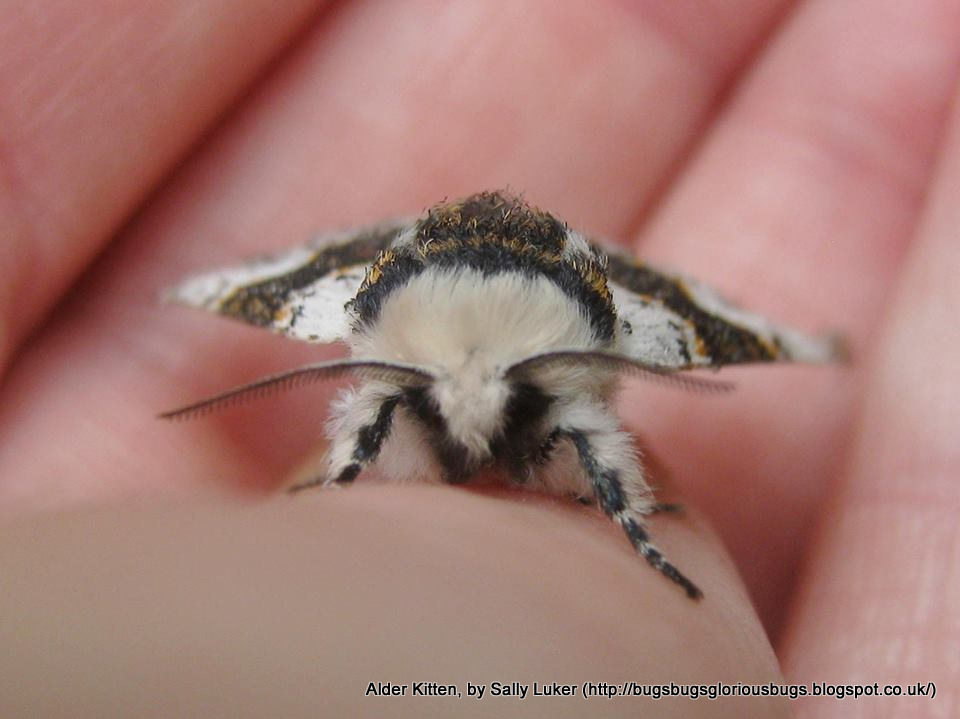 Image: Sally Luker
Image: Sally Luker It’s been many years now since the Internet was first invaded by cats, and since that fateful day they’ve seemingly gotten their claws into its every dusty corner. I can just picture some future historian plotting a chart of cat worship through time that peaks in both ancient Egypt and 21st-century cyberspace. So what better way, I thought to myself, than to increase traffic to this blog by dropping in a few kittens?
As luck would have it, three rather similar moths known as ‘kittens’ reside in the UK, so I am able to press ahead with a feline theme to this entry without veering too wildly off the point. Fittingly, it turns out that kitten moths are almost as cute as their namesakes. Indeed, that was the first reaction of a friend of mine to the pictures which illustrate this post (this one is the alder kitten). With a big fluffy face, equally fluffy feet, and a fetching white, blue and gold jacket, the three kittens are both stylish and rather adorable.
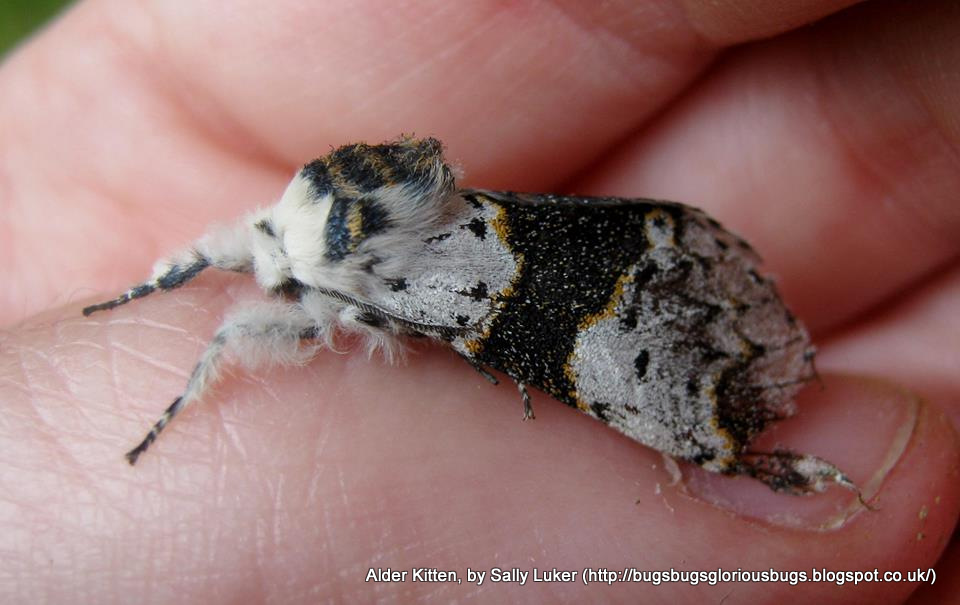
Perhaps it might seem odd to think of an insect as endearing. But whilst most of them may not be as cuddly as a kitten moth at first glance, they do make for amongst the safest wild creatures for novices to handle, for both the handled and the handler. It may well be true that few people will experience a particularly deep sense of connection when they gaze into the eyes of a bee or a dragonfly, as hedgehog fanatic Hugh Warwick points out in his whimsical, entertaining book The Beauty in the Beast. But day to day it is much easier to get up close and personal with insects than it is with hedgehogs – when did you last see one?* – or toads, which Warwick eventually plumps for as his second choice of ‘totem’ species.
I would, therefore, assert that insects stand as ready as any vertebrate to step confidently into an ambassadorial role – on all six of their legs. They’re numerous (more so than us, in both number and mass), diverse, intricate, complex, intriguing and beautiful. And yes, sometimes they can even do cute. Though the times are not good for wild creatures of any shape and size, there are still countless insects out there waiting to be discovered and enjoyed, right here in so-called drab and rain-soaked old Blighty. So what are you waiting for? After all, a close encounter with a kitten is bound to cheer up anyone’s day.
*In fairness to hedgehogs, they’re having a particularly hard time of it and numbers appear to have plummeted. If you are lucky enough to have hedgehogs in your area, there are people who would like to know about it, and things you can do to help them thrive: see here.

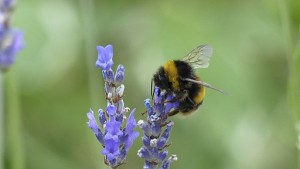
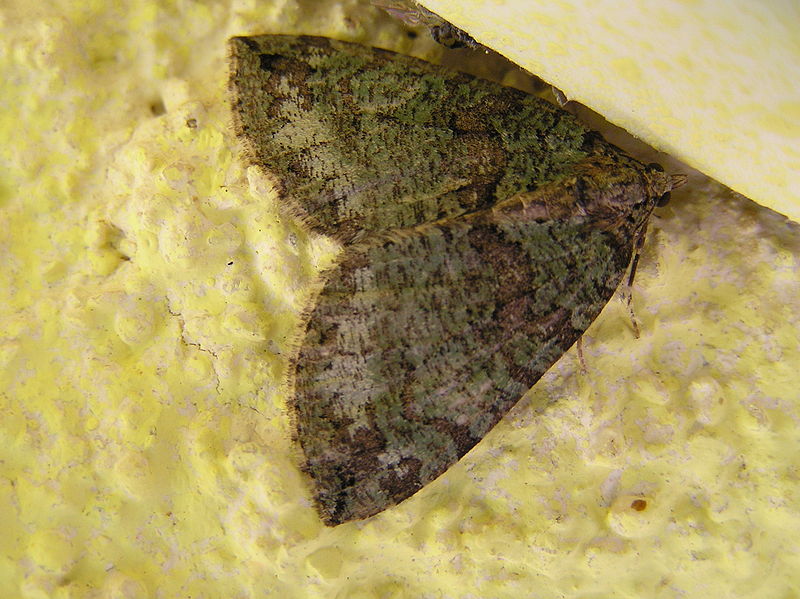
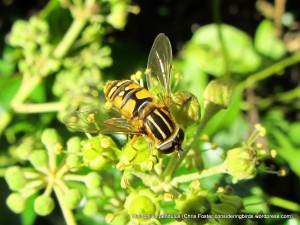
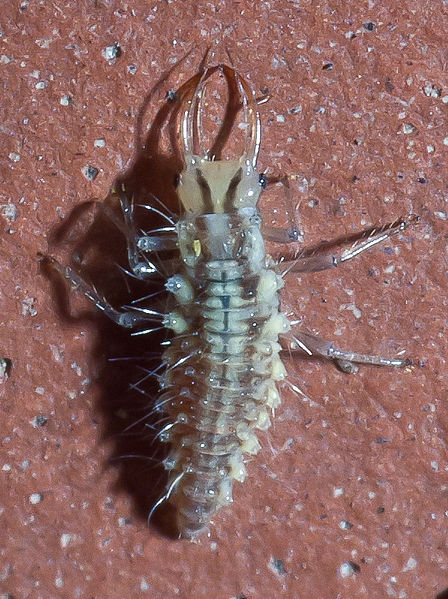
No comments yet.